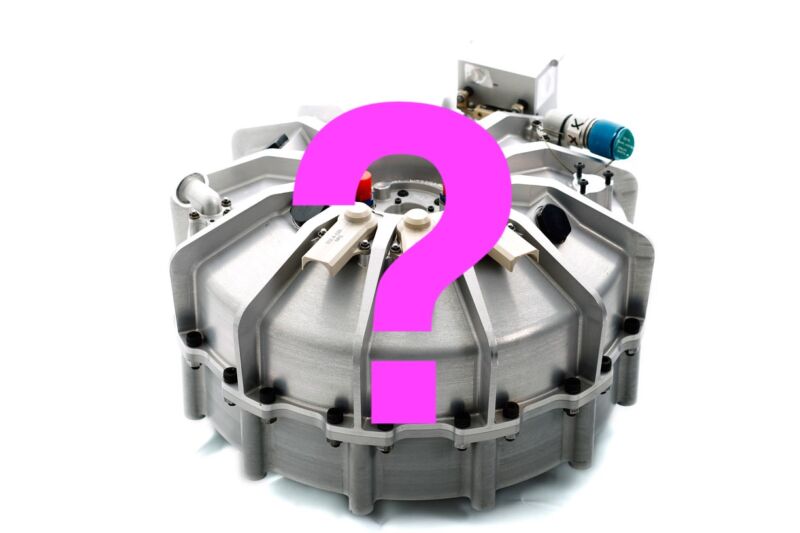Why did the flywheel hybrid system never catch on for road cars?

Enlarge / Why did the flywheel hybrid never catch on for road cars? (credit: GKN/Jonathan Gitlin)
When a Speed network television crew interviewed Margo T. Oge, then-director of the Environmental Protection Agency's Office of Transportation and Air Quality, during the 10-hour-long 2010 Petit Le Mans Series race at Road Atlanta, Porsche's experimental 911 GT3 R Hybrid race car held down a top-20 position in the 45-car field.
The broadcast crew took every opportunity to call attention to the presence of the new Porsche. Hybrid street cars were becoming mainstream, and "road relevance" was repeatedly cited by Oge along with energy independence and low carbon emissions as EPA imperatives.
But, like its similarly new Formula One hybrid race car cousins, this special 911 GT3 R was not a street-going hybrid. This was a "flywheel hybrid." Instead of parallel gasoline engine/electric motor drive systems combined with a battery, the 911 racer paired an internal combustion flat-six cylinder with an electro-mechanical flywheel energy storage system.
Read 33 remaining paragraphs | Comments